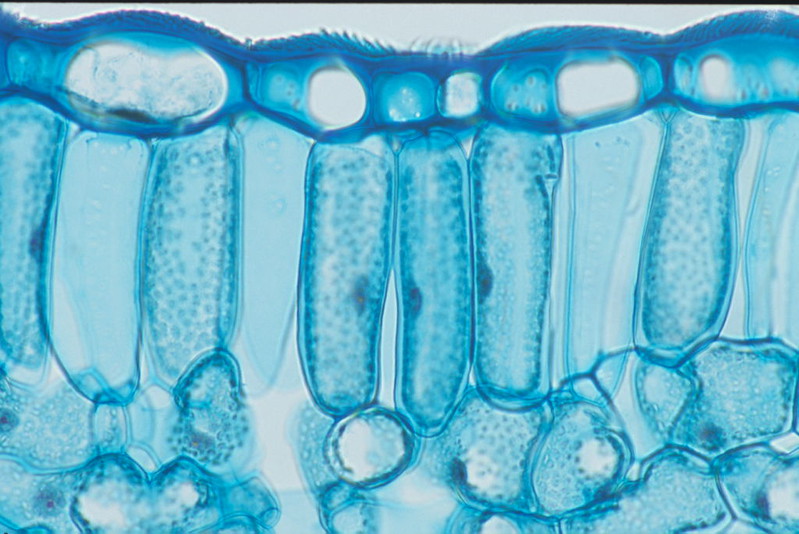How can I model a plant cell at KS3?
Resource
Lets begin with the structure of a cell and the various organelles (small organs) inside. The list of parts includes nucleus (and nucleolus), mitochondria, chloroplasts, cell wall, cell membrane, vacuole. Then there are the more unusual structures which you can read about in text books…ribosomes, golgi bodies, lysozomes, and lots of membranes and fibres (endoplasmic reticulum, microfibres, centrioles etc).
Then, what to do with all this information?
One of the difficult things is to get the scale right with each organelle being the right size in proportion to the rest.
You could make a model of a plant cell using transparent plastic box as the cell wall, poly bag with wall paper paste as a membrane and cytoplasm, water filled poly bag inside this for vacuole, ping pong ball or roller ball from deodorant as nucleus, choloroplasts could be green plastic beads. The actual volumes of liquid would need careful management but this would lead to greater understanding of the structure.
Or you could become very creative, with, for example, a fried egg for the nucleus, a baking tray for the cell wall, cling film for the membrane, plasticine for the mitochondria and chloroplasts. Cardboard, paper, material, thread and wool could all be useful.
You could produce a key for your model by having samples of the materials on a separate board and label them.
John Hewitson and Barry Meatyard